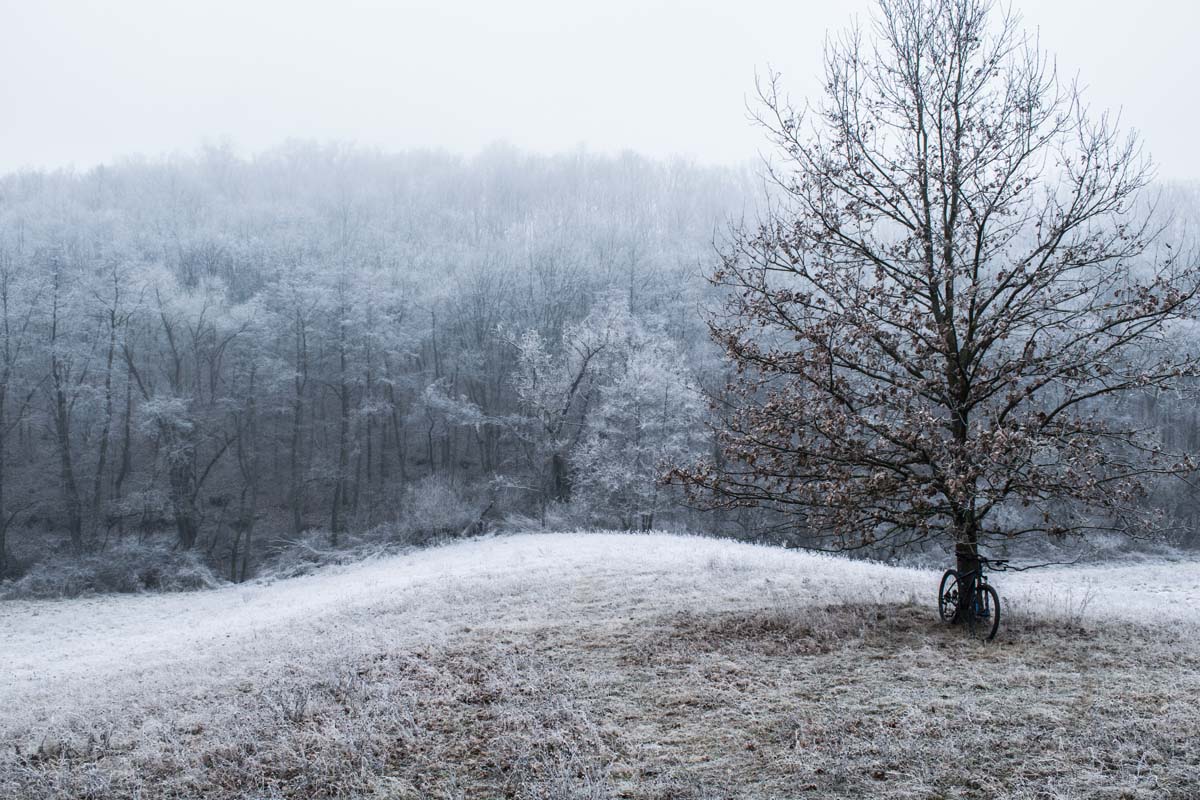What Is the Rule of Thirds in Photography? How to Practice the Rule of Thirds and Photography Tips
Written by MasterClass
Last updated: Aug 2, 2021 • 4 min read
What sets great photographers apart from good ones? Their photographic composition, or how they frame a photo. Learn about the Rule of Thirds, a basic trick to perfecting your photographic composition, below.
Learn From the Best
What Is the Rule of Thirds?
The Rule of Thirds is a common compositional technique that divides your frame into an equal, three-by-three grid with two horizontal lines and two vertical lines that intersect at four points. The Rule of Thirds places your subject on the left-third or right-third of the frame, creating a pleasing composition. Each intersection point is a potential point of interest; align your main subject along with other elements of the frame along these points to create a balanced, or visually interesting, image.
Many digital cameras, including smartphone cameras, come equipped with settings to display the Rule of Thirds grid on the screen.
How Does the Rule of Thirds Work?
The human eye gravitates toward points just beyond the center of an image. These points are the intersecting points on a Rule of Thirds grid. In cultures where people read text from left to right, they also read images in the same way. As a result, the bottom right portion of an image is the most visually arresting while the upper left portion is most likely to be overlooked.
How to Practice Photography Using the Rule of Thirds
- 1. Take multiple photos of the same subject, putting it on the different third-lines.
- 2. Then photograph the subject dead center in the frame.
- 3. Shoot a lot of photos. Later, take a look at the images and decide which ones you like best.
- 4. Then show them to a photography mentor or friend you trust, asking them which ones they like best and why.
How to Apply the Rule of Thirds to Portraits
Since no human face is perfectly symmetrical anyway, apply the Rule of Thirds for interesting portraiture:
- Align your subject’s right or left eye on one of the upper two intersection points.
- Align your subject’s shoulders along the lower-third grid line, giving the subject a natural and relaxed appearance.
- Draw your viewer into the portrait by subtly angling your subject toward the other empty quadrants in the grid.
- If you’re shooting a horizontal image for print photography, you want to make sure that there’s no critical information in the middle of the image (which is yet another reason to use the Rule of Thirds when composing your photos).
Learn more portrait photography tips here.
How to Apply the Rule of Thirds to Landscape Photography
The Rule of Thirds brings focus and balance to your landscape shots. This photo, by adventure photographer Jimmy Chin, uses the Rule of Thirds, where the main subject is positioned along the right vertical-third line.
- Create a sense of expansiveness by positioning the horizon line along the lower third of the grid, drawing the viewer's eye to the sky above.
- Position the horizon along the upper third to draw the eye to the foreground to create a sense of proximity with the landscape.
- Place an interesting natural feature—a mountain peak or waterfall—on one of the four intersection points to create a focal point.
Learn more landscape photography tips here.
How to Apply the Rule of Thirds to Street Photography
The Rule of Thirds creates a sense of order and balance in street photography, which has the potential to be chaotic.
- Bring a clear focal point to an image by placing the subject on an intersection point. Or, separate the subject from the crowd and place each along complementary intersection points for an interesting dichotomy.
- Align a cluster of buildings along the vertical lines to create a sense of order.
- Align the horizon along the bottommost horizontal line to create a sense of space.
Learn more street photography tips here.
How to Apply the Rule of Thirds During Editing
You can also apply the Rule of Thirds when cropping or reframing your photo during post-processing. Simply turn the Rule of Thirds grid on in your editing software, adjust the horizontal and vertical skew of your image so that the lines align with the grid, and hit save.
3 Reasons to Break the Rule of Thirds
There are exceptions to the Rule of Thirds, but it is best to know how to use the Rule of Thirds well before you decide to break it.
Here are some alternatives to the Rule of Thirds:
- For perfect symmetry. Create an image that is centered on a point in the middle, around which everything else radiates. This is possible if your subject is symmetrical from side to side, or from top to bottom. Using the center as a focal point will allow you to create a dramatic, if unsettling, image.
- For compositional inbalance. Place the subject along the far edges of an image to create tension, discomfort, or to intentionally throw off the compositional balance. This concept illustrates the power of negative space on an image; your subject can become simultaneously peripheral and insignificant when placed at the edges.
- For centering the focal point. To create the illusion of motion, photograph an “S” curve, a winding road, or a snaking river, in the center of the image. This type of subject stretches into the horizon, drawing the viewer’s eye directly to the center of the image.
Learn more about photography and composition with Jimmy Chin.
